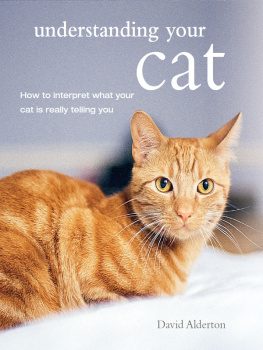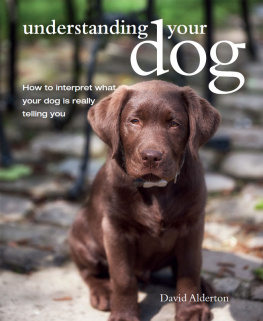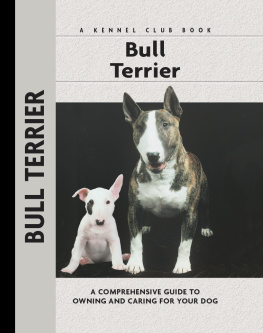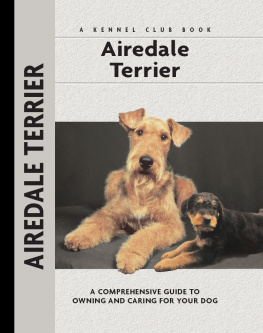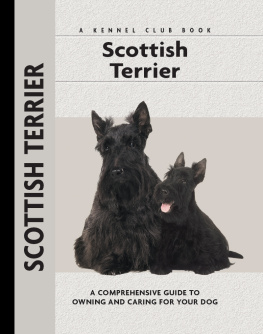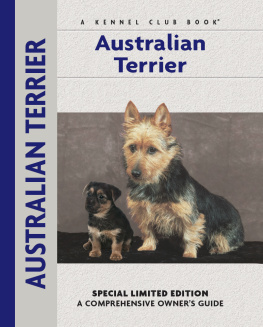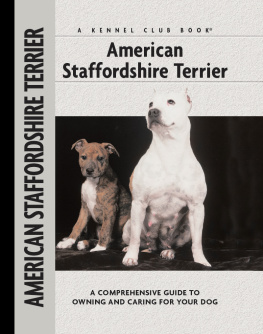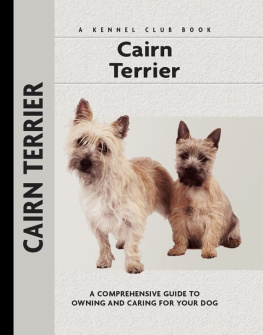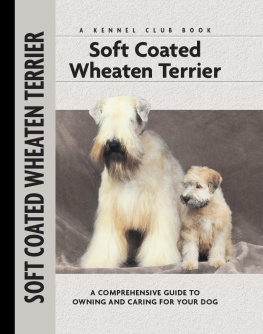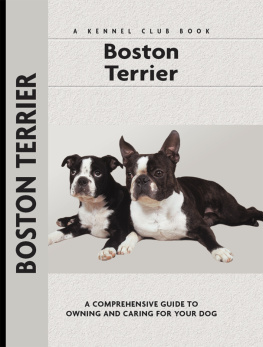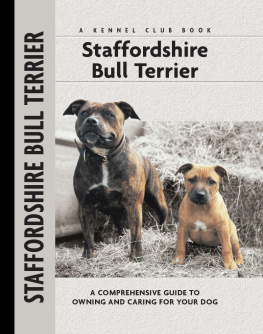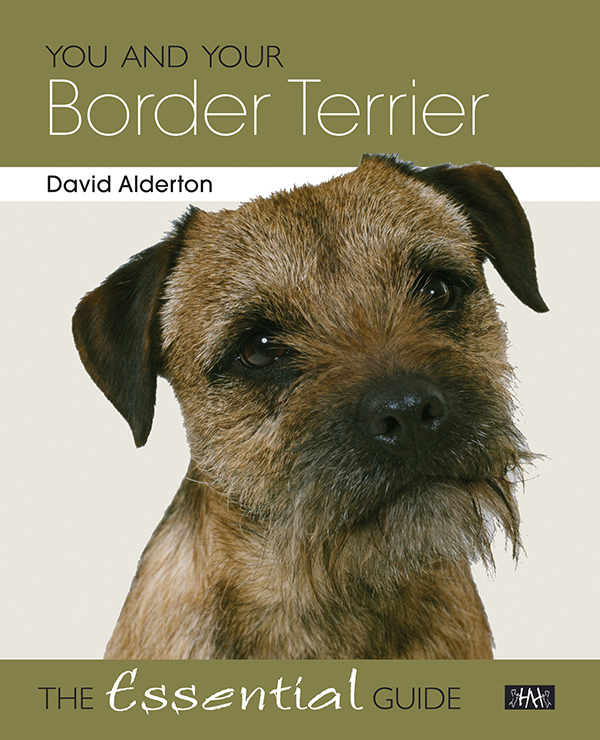First printed in paperback format July 2010. First published in ebook format January 2012 by Veloce Publishing Limited, Veloce House, Parkway Farm Business Park, Middle Farm Way, Poundbury, Dorchester, Dorset, DT1 3AR, England. Fax 01305 250479/e-mail info@veloce.co.uk/web www.veloce.co.uk or www.velocebooks.com.
Ebook edition ISBN: 978-1-845845-16-2
Paperback edition ISBN: 978-1-845843-19-9
David Alderton and Veloce Publishing 2012. All rights reserved. With the exception of quoting brief passages for the purpose of review, no part of this publication may be recorded, reproduced or transmitted by any means, including photocopying, without the written permission of Veloce Publishing Ltd. Throughout this book logos, model names and designations, etc, have been used for the purposes of identification, illustration and decoration. Such names are the property of the trademark holder as this is not an official publication.
Readers with ideas for automotive books, or books on other transport or related hobby subjects, are invited to write to the editorial director of Veloce Publishing at the above address.
British Library Cataloguing in Publication Data A catalogue record for this book is available from the British Library.
Typesetting, design and page make-up all by Veloce Publishing Ltd on Apple Mac.
Acknowledgements
M any thanks to Marc Henrie for the majority of the photographic content, and to Ben Stokey and Jude Brooks for the pictures of Milo, courtesy of Mic and Sarah Holmes.
Also to
Professor S P Dean B Vet Med MRCVS DVR and Mrs Karen Dean; Peter Church with Monty; Hamish, the elderly dog; Hall Place Veterinary Centre, Maidenhead, Berkshire, Helen Heaton of Ryslip Boarding Kennels, and child model, Lily Thomas.
Introduction
K eeping a dog is a serious responsibility, and for any prospective owner there are several issues to be addressed right at the outset. First, do you have the sort of lifestyle that can happily accommodate a dog within it? For example, it is not reasonable or kind to own a dog if you are out at work all day, leaving the dog alone for lengthy periods of time. And can you give a dog the amount of exercise and interaction required to prevent it from becoming obese or bored? Some breeds of dogs, attractive though they may look, are highly active and may become destructive, or even develop other undesirable traits if not exercised regularly. Remember, too, that a young puppy obtained today is likely to be part of your life for a decade or more.
If you are sure you can provide the right kind of physical and emotional environment, however, then your next decision is to decide what kind of dog will be most suitable for your individual circumstances. This is a decision that should never be rushed.
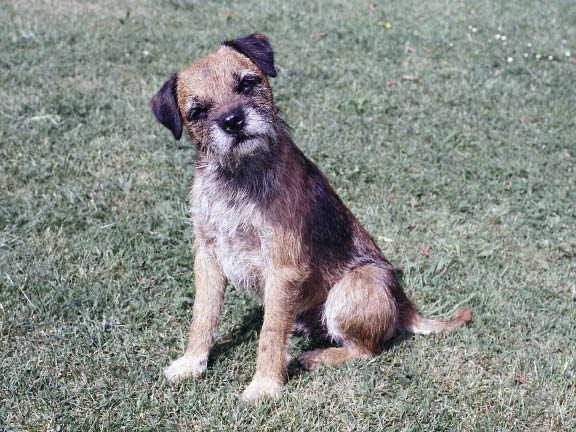
An adaptable companion
Unfortunately, people are frequently drawn to a particular breed largely because of appearance, but this is not the correct basis upon which to determine whether this means its suitable. It is advisable to delve into the breeds background before buying, so you can discover more about temperament and needs. Luckily, the Border Terrier is an adaptable breed of dog; a fact that is reflected by its enduring popularity. Whether you live on your own or are seeking a family pet, a Border Terrier should develop into a great companion. Border Terriers tend to be more relaxed about life than most other breeds of terrier, and they are also generally quieter.
Equally, however, it is important to appreciate that these terriers will not be suitable for everyone. One of the most common misapprehensions is that all small dogs are lapdogs; nothing could be further from the truth as far as Border Terriers are concerned. While they are undoubtedly affectionate, they are also naturally active dogs, and certainly not well suited to apartments or other relatively confined dwellings. This is a breed that at the very least needs access to a garden where it can explore, play, and even sunbathe for periods when the weather is suitable. Border Terriers also appreciate longer walks where they can behave in a completely natural manner and show off their personalities to full effect.
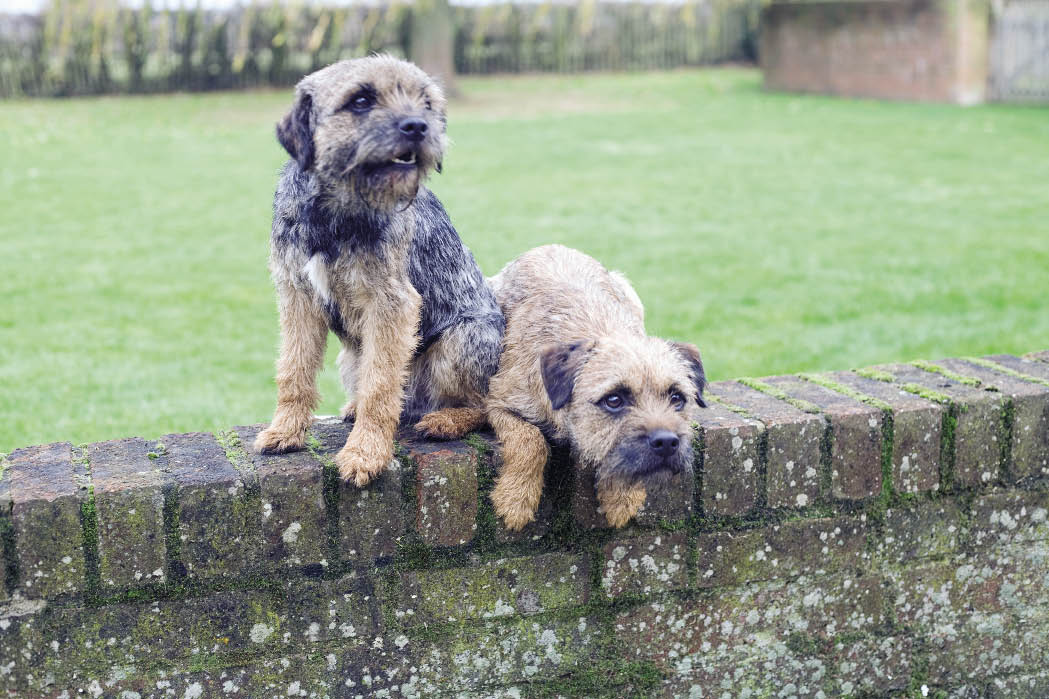

Breed background
A nyone who has encountered a Border Terrier will know that although this is a relatively small breed of dog in terms of overall stature, it is one with a big heart. Bold and fearless, these terriers possess a feisty character that belies their size. Indeed, it was the tough, no-nonsense nature of the Border Terrier that was much prized by gamekeepers and others, who employed the dog for all kinds of sporting and hunting activities.
In order to fully appreciate the modern Border Terrier, it is necessary to revisit its original homeland the once wild border area lying between England and Scotland to gain an understanding of how the breed developed the qualities that it displays today. The border region is an extensive, mainly upland and mountainous area comprising such places as Dumfries and Galloway in Scotland, and parts of the English counties of Cumbria, County Durham, and Northumberland. Sheep farming has been the predominant occupation there for many centuries, since much of the land is unsuitable for other forms of agriculture.
Predators represented a major threat to the flocks grazed in the borders, particularly at lambing time. While occasional losses to birds of prey sweeping over the moorlands were hard to prevent, regular killing by foxes was something that farmers were more able to control. Hunting offered the best way of trying to combat this, in an era long before the advent of firearms. Special packs of hounds were developed for this purpose, with the aim of pursuing and outrunning their vulpine quarry. There was, however, a major problem. Foxes would retreat to their earths, out of reach of their would-be pursuers. What was required, therefore, was a bold and fearless dog which was small enough to enter the foxs lair and drive it out, or even overpower it underground. It is for this reason that the origins of the word terrier are believed to trace back to the Latin word terra meaning earth.
The precise origins of the Border Terrier have been lost in the mists of time, but it is certain that the breeds ancestors were kept in this region possibly more than 700 years ago. In addition to foxes, they were also pitted against wild cats, which were relatively common then, as well as martens and badgers. The earliest definitive evidence of what are clearly recognizable Border Terriers can be found in a painting by Nathaniel Drake, which was commissioned by William Tufnell Joliffe. The precise date of the portrait is unclear, but it is known that Joliffe kept a pack of hounds until 1765, so its likely to have been painted earlier. The painting shows Arthur Wentworth, a hunt servant, out on a bitterly cold night accompanied by two terriers trotting alongside the pony he is riding.
Another artist resident in the region was Thomas Bewick, who not only portrayed terriers in some of his engravings, but also provided a description of them in his famous work History of Quadrupeds , published in 1790. This confirmed that development of the Border Terrier into the recognizable breed of today had already been largely accomplished by that stage


